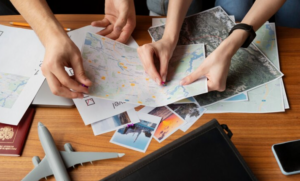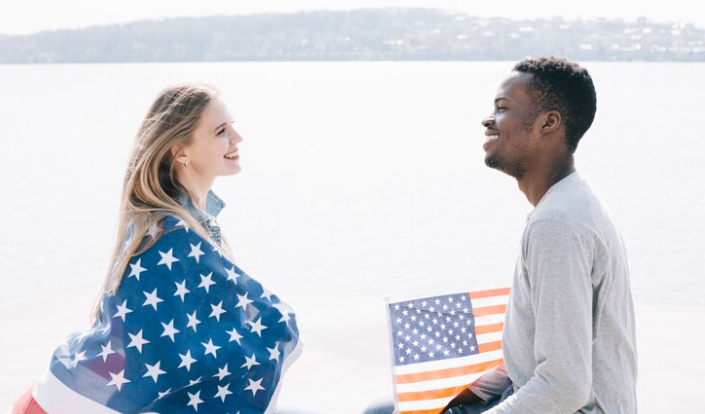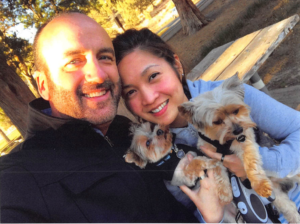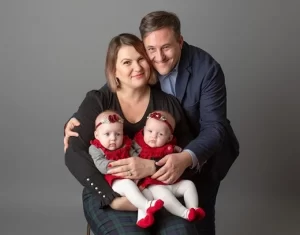Understanding the USA Fiancé Visa (K-1) Process
The K-1 Fiancé Visa, often called a USA Fiancé Visa, allows a U.S. citizen to bring their foreign fiancé(e) to the United States to get married. The visa provides the foreign national 90 days in which to marry the petitioner upon entering the U.S. If the marriage fails to occur within that period, the visa will have expired, and the foreign fiancé(e) will have to return home.
One of the essential elements of the K-1 visa application process is providing k1 visa proof of relationship. USCIS, as well as the U.S. Embassy or Consulate, will strictly analyze whether or not the relationship is genuine or fabricated in order to gain immigration benefits.
Legal Requirements for an Authentic Fiancé Relationship
To become eligible for the K-1 visa, specific requirements must be met:
- Both individuals must be free to marry legally, with no existing marriages.
- You must have met your fiancé(e) in person within the last two years unless exempted due to extreme hardship or cultural practices.
- You must intend to marry within 90 days of the foreign fiancé(e)’s arrival.
Simply claiming a relationship isn’t enough. USCIS requires strong K1 visa evidence of a relationship to confirm that your intentions are genuine.
Primary Evidence to Prove a Genuine Fiancé Relationship
Your petition needs to be supported by compelling and reliable documents verifying the validity of your relationship. These are the most essential types of K1 visa evidence of relationship that you will need to include.
1. Photographic Proof
The most widely used k1 visa proof is photographic evidence. They are typically easy to obtain but must be compiled very well.
- Date-stamped photographs show you are together at various places.
- Pictures with relatives and friends, particularly at holidays or events.
- Romantic moments on travels, vacations, or daily routines.
If you are asking how to include photos as relationship proof, the ideal way to do this is to provide USCIS with the photos alongside captions explaining the date, location, and individuals in the photograph.
2. Communication Records
Ongoing, regular communication is a crucial sign of an actual relationship. Submit:
- Screenshots of WhatsApp, Messenger, Signal, etc., chat logs.
- Email conversations over months or years.
- Call records from Skype, Zoom, or other calling apps.
Be selective. Don’t upload hundreds of screenshots. A curated collection that covers your relationship timeline is more impactful than bulk uploads.
3. Travel and Meeting History

To satisfy the “meet in person within the last two years” requirement:
- Include flight tickets, passport stamps, visa pages, and boarding passes.
- Add hotel receipts, restaurant bills, or activity reservations.
- If travel insurance or joint trip itineraries are available, add them as well.
This is crucial evidence for a K1 visa and is usually re-verified in interviews.
4. Written Letters: Proof of Relationship
A good letter showing your genuine relationship will seriously boost your application.
This can be:
- A joint statement by both partners stating how you met, how your relationship progressed, and your plans to get married.
- Affidavits from your friends or relatives confirming the genuineness of your relationship.
Sample letter for relationship proof format:
- Introduction: Who is signing and what is their relation to you?
- Timeline: Outline your relationship and interaction with both parties.
- Conclusion: Asserting that the relationship is real.
You can refer to a proof of relationship letter template to help you draft your own. But be honest and use personalized language — formulaic letters can seem insincere.
5. Engagement Evidence
Though not mandatory, including documentation of your engagement reinforces your claim.
- Photos of the proposal (if applicable)
- Receipts for rings, venue deposits, or engagement parties
- Screenshots or copies of invitations to engagement ceremonies
Where applicable, these facts assist in making a strong case for your K1 visa proof of relationship application.
Other Evidence of Stronger Application
To build a strong application and avoid possible red flags, present these kinds of documents:
Social Media Evidence
Evidence of your relationship on social media can strongly support your case. Demonstrate:
- Relationship status changes
- Publicly tagged photos or shared albums
- Public comments and engagement
This is not official evidence, yet it lends credibility to your narrative.
Gift and Parcel Records

If you’ve sent physical gifts or letters:
- Attach receipts from couriers such as DHL, FedEx, or local carriers.
- Screenshots of tracking numbers and delivery confirmations.
- Photos of packages received or handwritten cards.
Relationship Timeline Documentation
One underutilized yet very powerful tool is to write a timeline of your relationship milestones. This allows adjudicators to put your evidence into context:
- When and how did you meet
- When you began dating
- Important events (trips, holidays, proposals)
- Plans after marriage
You can even include this as a cover page for your evidence packet. It shows effort and organization, two things USCIS appreciates.
Organizing Evidence for the K-1 Visa Interview
Even with all the proper documents, disorganization can spoil your case.
Make a Relationship Binder
Make sure to have sections labeled in clear terms as:
- Photos
- Chat Logs
- Travel History
- Engagement
- Affidavits
- Social Media
Have a table of contents and a summary at the beginning of each section to help the officer easily follow it.
Preparing for Interview Questions
Be prepared to be asked such questions as:
- Where did you meet?
- What are your fiancé’s (e) hobbies or family information?
- What language do you communicate in?
- Have you introduced each other to your families?
Accuracy and consistency between your application and interview responses are crucial.
Red Flags and How to Avoid Them
Some relationship dynamics tend to evoke suspicion. Address them straightforwardly in your documentation:
Large Age Gap
Explain why age is no obstacle to your relationship. Provide testimonies from family or pictures of family events that show acceptance.
Different Cultural Backgrounds or Religions
Detail how you merge your cultures and how you have approached traditions or religious differences with respect.
Not Speaking the Same Language
This is not unusual but describe how you get over it. For instance, provide chat logs indicating usage of translation software or evidence of one partner having learned the other’s language.
Expert Tips for Maximizing Approval Chances
Make a Detailed Timeline Part of Your Packet
A well-structured relationship timeline makes it easier for USCIS officers to connect the dots across your documents. It also shows that you’ve been intentional and organized in your submission.
Don’t Skip the Affidavits
Family and friend affidavits help humanize your case. If someone has witnessed your relationship evolve, their proof of relationship letter can add authenticity. Ensure these are:
- Handwritten or typed with a clear structure
- Notarized if possible
- In English or translated by a certified translator
Work with an Immigration Attorney

If your case has red flags or complexities (e.g. previous denial of visa, cultural issues), it is wise to consult a lawyer. They will be able to review your k1 visa evidence of relationship and strengthen weak points before submitting.
Ready to Get Your K-1 Visa Approved?
Don’t gamble with your fiancé visa. Have our seasoned immigration specialists assist you from relationship evidence to interview preparation.
Schedule your consultation now at Passage Law.
Disclaimer: This article is meant to share general information on immigration topics and should not be taken as legal advice. If you have specific questions about your situation, we strongly recommend speaking directly with an immigration attorney. Every case is unique, and the outcome depends on the details of your circumstances. We are not responsible for any decisions made based on this content. If you’d like to speak to a lawyer, feel free to reach out to us.







